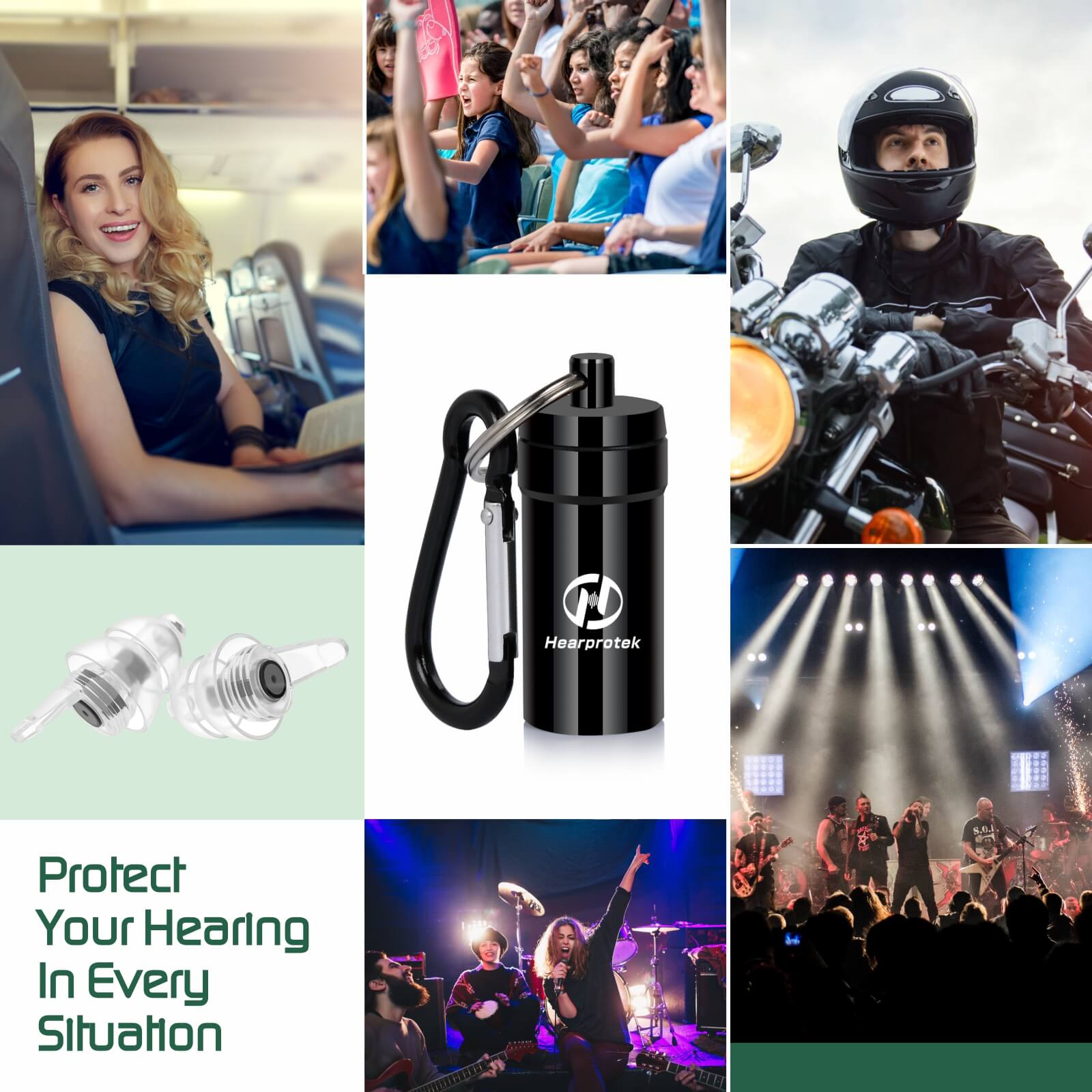When it comes to protecting our ears from loud noises, reusable ear plugs are a popular choice. However, with so many different materials available, it can be challenging to determine which one is best suited for your needs. In this article, we will demystify the various reusable ear plug materials and help you make an informed decision.
Understanding the Importance of Ear Plug Materials
Before diving into the specifics of different ear plug materials, it's essential to understand why the material matters. The right material can significantly impact the effectiveness, comfort, and durability of the ear plugs.
One of the key factors to consider is the Noise Reduction Rating (NRR) of the ear plugs. The NRR indicates the amount of noise the ear plugs can block out. Different materials have varying NRRs, so it's crucial to choose one that aligns with your noise protection requirements.
Demystifying Reusable Ear Plug Materials
1. Silicone
Silicone is a popular material for reusable ear plugs due to its softness and flexibility. It molds well to the shape of the ear, providing a comfortable fit. Silicone ear plugs are also durable and can be easily cleaned for reuse. They are suitable for a wide range of noise environments, from concerts to construction sites.
One of the drawbacks of silicone ear plugs is that they may not provide the highest level of noise reduction compared to other materials. However, they are still effective for most everyday situations.
2. Foam
Foam ear plugs are another common choice for noise protection. They are made from a soft, expandable material that conforms to the shape of the ear canal. Foam ear plugs offer excellent noise reduction and are often used in industrial settings or for sleeping.
One advantage of foam ear plugs is their affordability. They are relatively inexpensive compared to other materials. However, foam ear plugs are typically disposable and need to be replaced regularly for optimal performance.
3. Thermoplastic
Thermoplastic ear plugs are made from a heat-sensitive material that softens when heated and hardens when cooled. This unique characteristic allows them to be custom-molded to the shape of your ear for a perfect fit. Thermoplastic ear plugs offer excellent noise reduction and are ideal for individuals who require a high level of noise protection.
While thermoplastic ear plugs provide superior comfort and effectiveness, they are often more expensive than other options. Additionally, the custom-molding process may require a visit to a specialist or the use of a DIY molding kit.
4. Flanged
Flanged ear plugs feature multiple flanges or ridges that create a seal within the ear canal. This design allows for a secure fit and effective noise reduction. Flanged ear plugs are commonly used in swimming or water-related activities, as they can prevent water from entering the ear.
One potential drawback of flanged ear plugs is that they may not be as comfortable for extended wear compared to other materials. However, they are still a viable option for specific situations where water protection is required.
Conclusion
Choosing the right reusable ear plug material is crucial for achieving optimal noise protection and comfort. Silicone, foam, thermoplastic, and flanged ear plugs each have their own advantages and disadvantages, so it's essential to consider your specific needs and preferences.
Remember, the Noise Reduction Rating (NRR) is an important factor to consider when selecting ear plugs. Additionally, factors such as durability, ease of cleaning, and cost should also be taken into account.
For more information on reusable ear plug materials and their benefits, you can visit the following credible sources:
